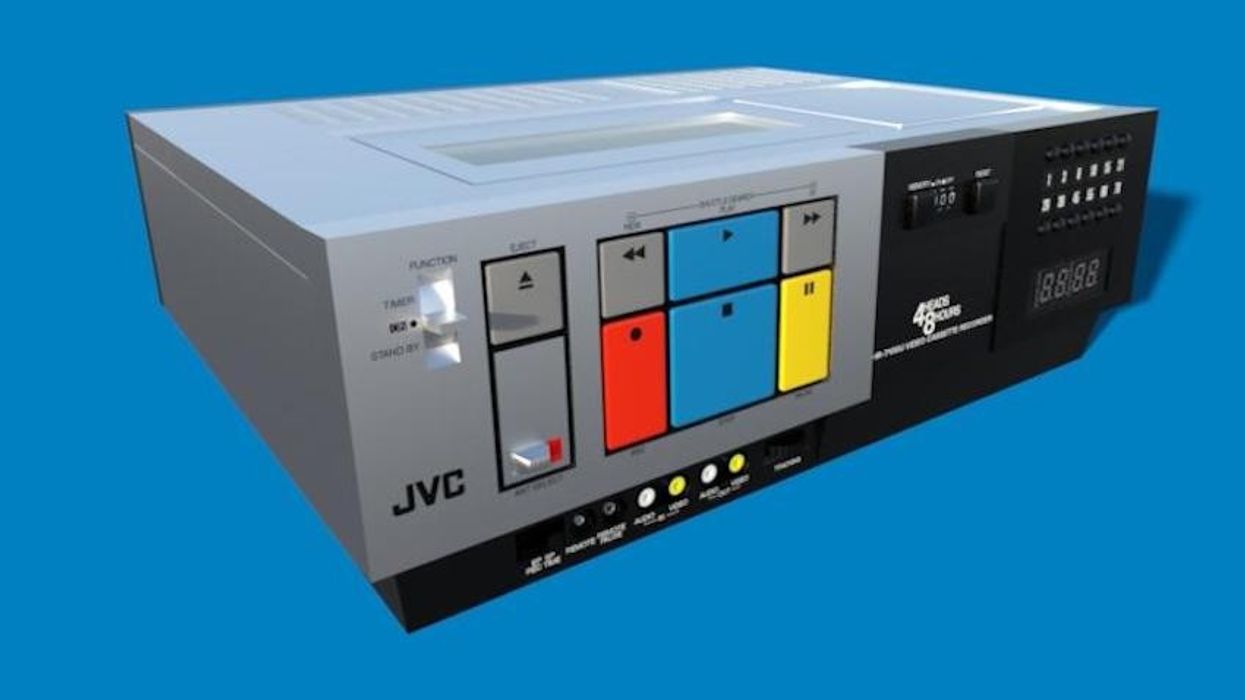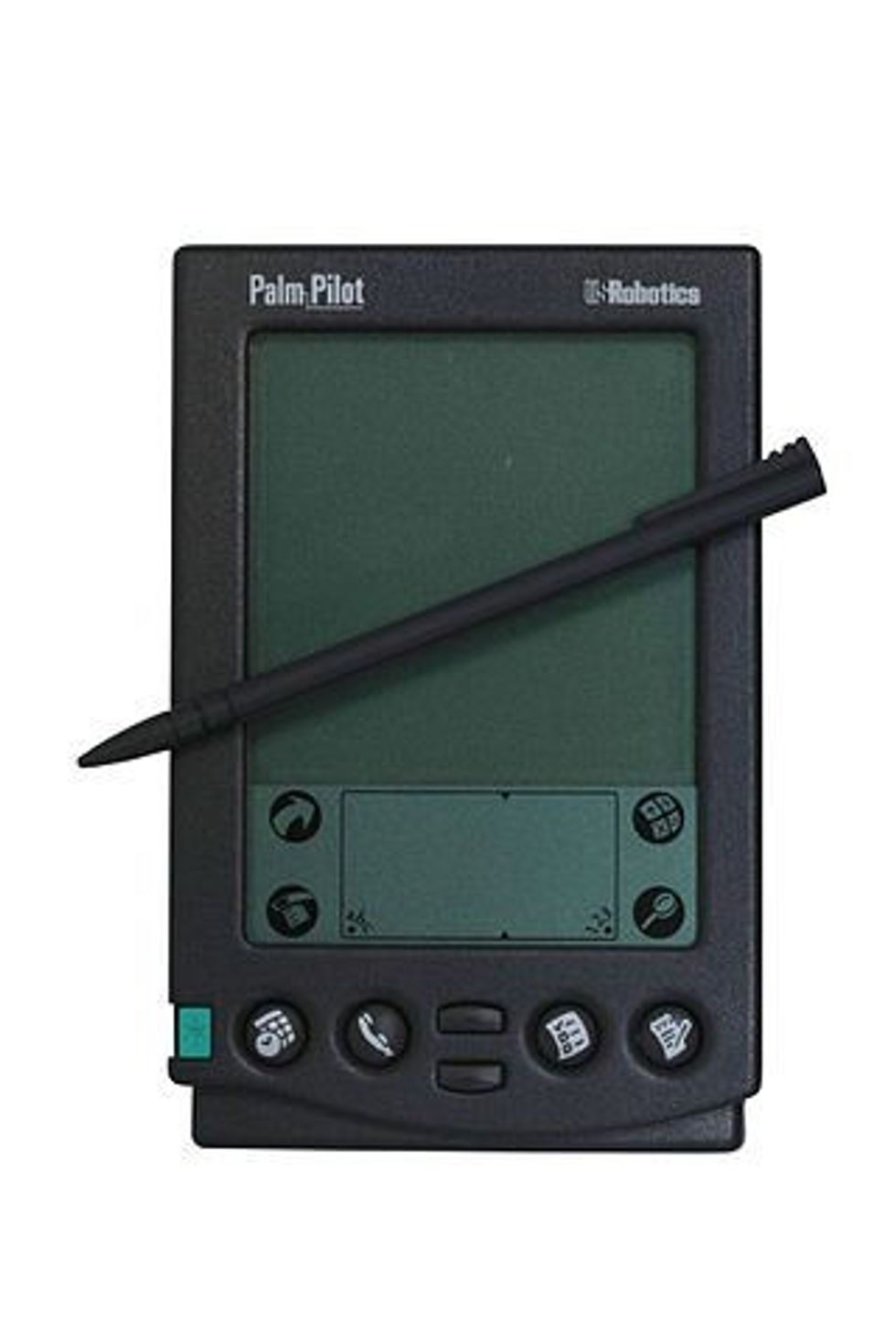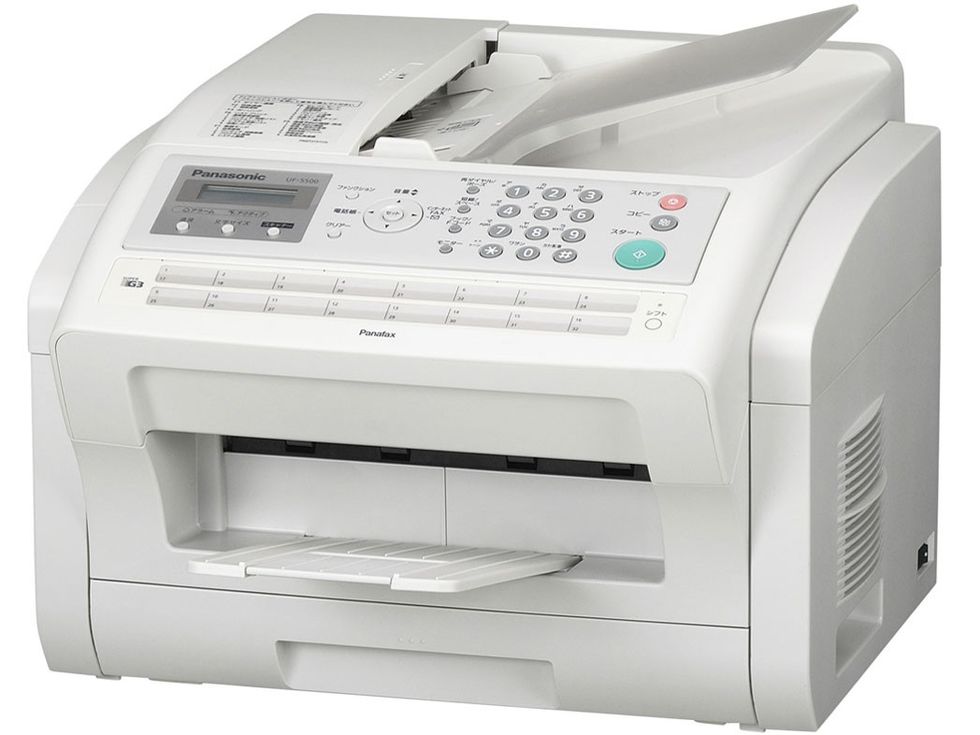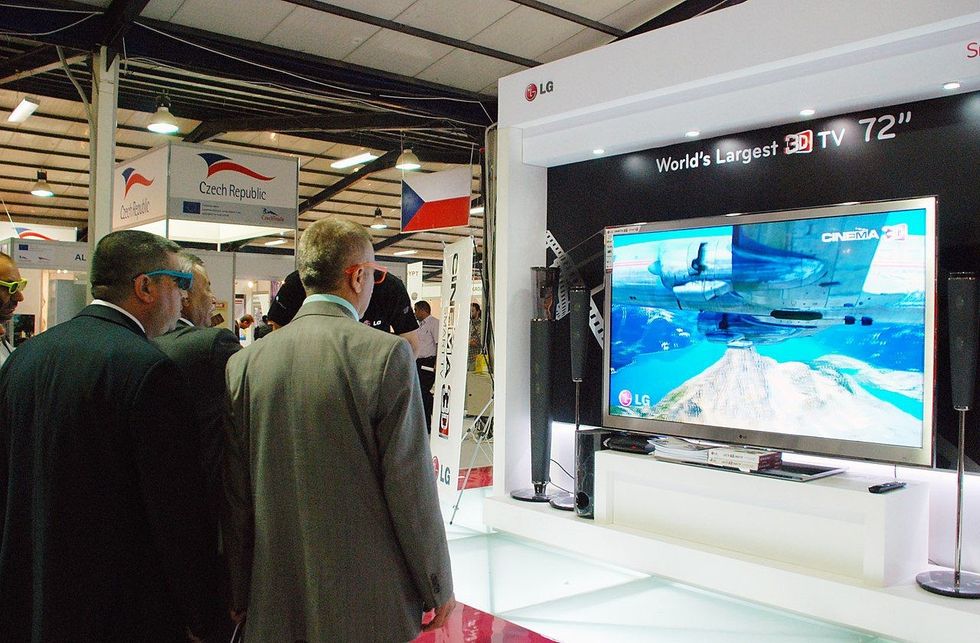When it comes to this monthly tech column at Toronto Storeys, we usually focus on what’s trending today – or what will be hot in the near future.
For a change, we thought it would be fun to reflect on gadgets and gear from yesteryear, to see how far we’ve come in such a short amount of time.
READ: The Coolest Gadgets From The 2019 Consumer Electronics Show
Oh sure, sometimes what’s old is new again – like turntables and big headphones – but most of these old school items have evolved for the better.
Whether it’s used in the home or on the go, the following are a few fan favourites.
What outdated tech did you absolutely love? Or still use?
VCR
If the opening scene of The Goldbergs slaps a smile on your face, it’s that huge top-loading videocassette recorder (VCR) with the large colourful buttons (our family owned the same model). You could record a show on a blank cassette – provided you set the timer right, left the TV on the correct channel, and had enough tape to hold it all – or you could rent a flick at your local Blockbuster, but you need to remember to return it on time (and face a second fine if you don’t rewind it!).
Palm Pilot
Consider it the successor to the smartphone. The greyscale Palm Pilot was a handheld computer that used a stylus pen, supported various programs (before they were called apps), and towards the end of its run, even had colour screens and let you make phone calls (wow)! The leader in the “PDA” category – “personal digital assistant” and not “public displays of affection” – Palm Pilot was the bomb, whether it was used for productivity or for games, or a bit of both.
READ: 4 Must-Have Latest Gadgets To Help Make Your House A Smart Home
GPS
Once a military exclusive, Global Positioning Service (GPS) technology became a product for civilians in 2000. By communicating with satellites that hover above the earth, your exact location on earth can now be pinpointed; when paired with mapping software, these dashboard -- or windshield-mounted devices give you turn-by-turn visual and audio directions to a specific address. GPS units also could be used to access "points of interest," such as nearby restaurants and hotels. Little did we know we’d all have this tech in our phones a decade later.
Fax machines
Just the fax, ma’am. How radical was it you could insert a piece of paper into a printer-shaped device and over the telephone line, someone at another location would receive a replica of it moments later. With that iconic electronic sound that would also be familiar to early adopters of the Internet (as dial-up modems also used landlines), fax machines were a staple in most offices, and some homes, and is still used in some industries today, believe it or not.
iPod
It wasn't the first MP3 player, but thanks to a simplified user-interface and easy-to-use iTunes software, the Apple iPod became the first iconic gadget of the 21st century. It was in November of 2001 when the white pocket-sized device (and its matching earbuds) exploded onto the scene -- with its whopping 5GB of built-in memory (totalling about 1,000 songs). Wired called the $499 iPod a "breakthrough" product. It was. But it was also priced out of reach for most music-loving Canadians.
READ: Your WiFi Sucks. Here’s How To Fix That With 5 Easy Tips
BlackBerry
BlackBerry evolved from a pager-like tool into a "smartphone" in 2002, allowing users -- who were almost exclusively business executives – to read and reply to "push email" and text messages, as well as access websites -- all using a physical QWERTY keyboard. Along with the ability to make phone calls, the BlackBerry offered PDA functionality to help stay organized while on the go. The company lost its market dominance after Apple’s much more versatile iOS-based iPhone debuted in 2007, followed by Android devices in 2008.
READ: How Far Back Should You Sit From Your TV? And Other Viewing Tips
3DTV
It disappeared as fast as it debuted. In 2009, 3DTV was unveiled at the Consumer Electronics Show, delivering a stereoscopic 3D movie theatre experience into the home. Users had to wear 3D glasses -- powered “active shutter” or inexpensive “passive” glasses -- and the end result was an increased sense of depth. Too bad the lack of content, competing technologies, and high price points all resulted in poor sales of 3DTVs in 2009 and 2010 and were gone from retail stores by 2011.
























